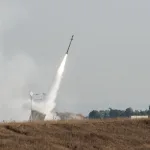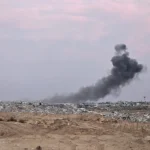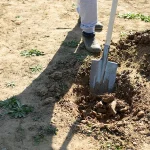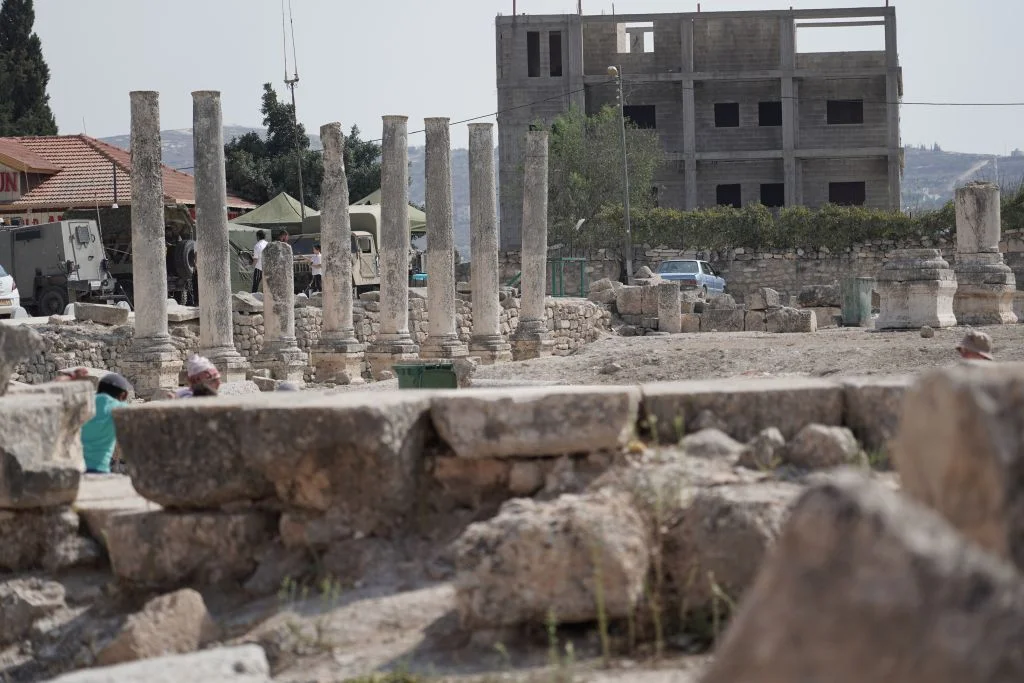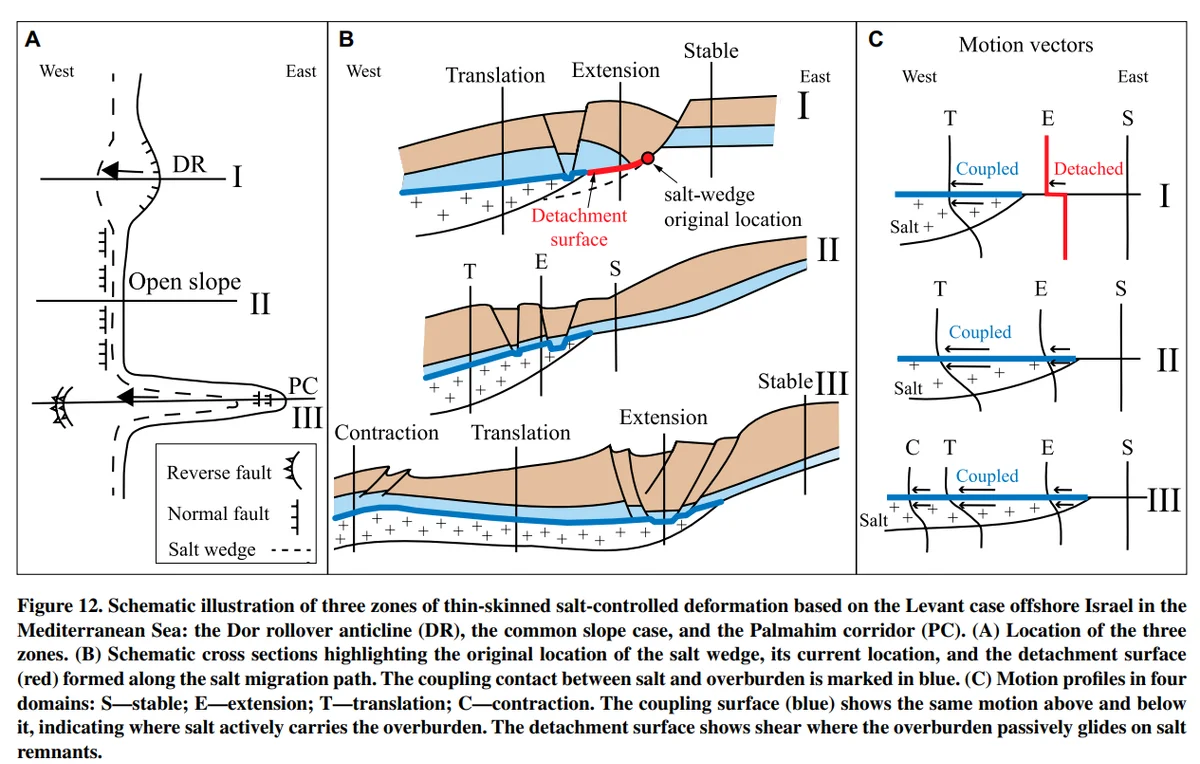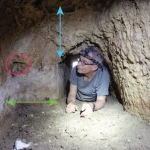Jerusalem, 16 July, 2025 (TPS-IL) — A University of Haifa study released on Wednesday sheds light on the remarkable success — and eventual collapse — of the wine industry that once thrived in the harsh desert climate of the Byzantine-era Negev. Through an innovative computational model, the research team uncovered the delicate balance that allowed vineyards to flourish in one of the most arid regions of the ancient world, offering lessons that may prove vital for agriculture in today’s warming climate.
“Our study shows that ancient societies knew how to adapt to extreme climates, and to what extent they were dependent on natural resources and the ability to fully exploit them,” said Professor Guy Bar-Oz of the University of Haifa, one of the study’s lead authors. “This is an important insight for the current era of climate change.”
The findings, published in the peer-reviewed PLOS ONE journal, reveal that Byzantine farmers in the Negev between the fourth and seventh centuries AD created a sophisticated dryland farming system. This system depended entirely on the capture and efficient use of scarce rainwater. Terraces, stone dams, drainage ditches, and cisterns were all part of a carefully designed infrastructure to harvest every drop of precipitation in an area that receives less than 100 millimeters of rain annually.
Until now, researchers lacked a quantitative model to understand how effective these ancient methods truly were. The Haifa team — Prof. Bar-Oz, Prof. Gil Gambash, research student Barak Gerty, and Prof. Sharona T. Levy — combined archaeological data with environmental and climate records to build a computer simulation capable of analyzing how Byzantine farmers sustained wine production in the desert.
By inputting terrain features, soil types, terrace designs, and rainfall patterns into the model, the researchers were able to simulate vineyard yields and water availability over time. “The model allows us to simulate different scenarios and examine what happens to the agricultural system when the climate changes or when precipitation decreases drastically,” the team explained. “We created a tool that gave us a glimpse in almost real time into how the desert dwellers planned their agriculture and responded to extreme situations.”
Their findings revealed that even modest rainfall, when carefully managed, could yield significant grape harvests. Locating vineyards in wadis—valleys where water runoff collects—proved especially effective. However, the system’s success was fragile. Just two consecutive years of drought could reduce wine output by nearly a third. A prolonged five-year drought slashed production by more than 60 percent. Worse still, the recovery period after such a prolonged dry spell could stretch beyond six years.
“Our findings show how difficult it was to sustain agriculture in the desert and how vulnerable the agricultural system was during periods of prolonged drought,” the researchers concluded. “This is an important lesson for our day as well, helping to understand the limitations of agriculture in arid regions and to design systems that would better cope with climate change.”
Wine was one of the most valuable agricultural products of the Byzantine Empire, and the Negev’s vineyards once contributed substantially to the regional economy. The collapse of this desert-based industry, as the study shows, was not due to war or migration alone but also to environmental stress. By learning how ancient societies like those in the Negev engineered survival under extreme conditions, modern scientists and policymakers may better prepare for the challenges posed by global climate change.





